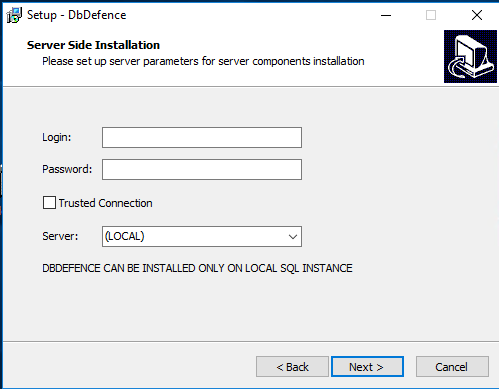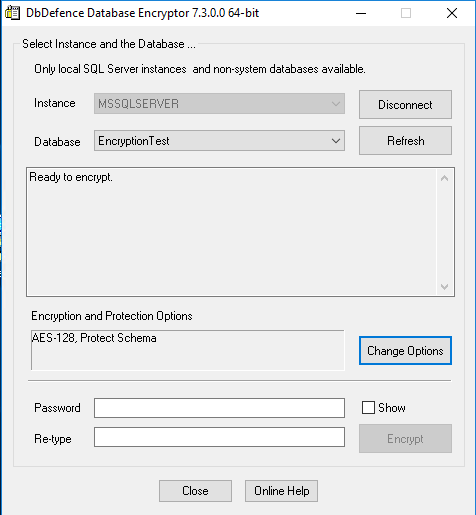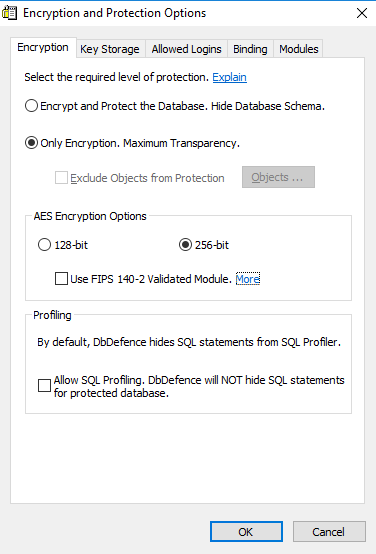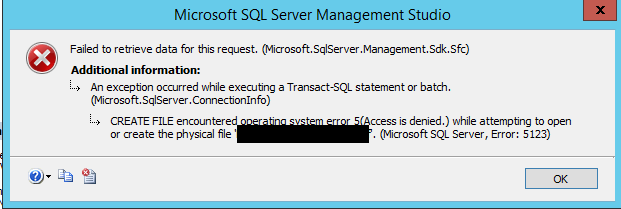This week’s blog post is sponsored by ActiveCrypt Software.
Encryption appears to be a topic of near constant discussion at the moment, spearheaded primarily by the impending deadline of the General Data Protection Regulations (GDPR). These are, in essence, a new set of data protection rules that will apply to all organisations operating within the European Economic Area (EEA). A key aspect of them concerns implementing appropriate technical controls over sensitive data categories, to mitigate against any damage resulting from a data breach. Now, the key thing to highlight around this is the “proportionality” aspect; i.e. any technical controls implemented should be reasonably expected, based on the size of the organisation in question and the nature of their data processing/controlling activity. You should, therefore, be carefully evaluating your organisation to identify whether the lack of encryption could result in damage to a data subject.
I’ve had a look previously at database encryption in the context of Dynamics 365 Customer Engagement. What is nice about the application, and nearly all of Microsoft’s Software as a Service (SaaS) products at the moment, is that GDPR is very much at the centre of each individual offering. I have been genuinely impressed to see the level of effort Microsoft has been devoting to GDPR and in ensuring their SaaS product lines are compliant with the regulations - often without the need for charging customers an arm and a leg in the process. The same can perhaps not be said for any on-premise equivalent of a particular SaaS product. This is, to be fair, expected - Microsoft has been incredibly vocal about adopting a “cloud first” strategy in all things. But for organisations who do find themselves having to support on-premise applications or database systems, the journey towards implementing the required technical solutions for encryption could be rocky.
Case in point - SQL Server has long provided the capability to implement Transparent Database Encryption (TDE), which satisfies the requirement for at rest encryption without the need to redevelop applications from the ground up. Setting up Transparent Database Encryption can be an onerous process (more on this in a second), and requires the involvement of manual scripting. The following script outlines all the steps involved:
--First, a Master Key should be created on the Server instance
USE master;
GO
CREATE MASTER KEY ENCRYPTION BY PASSWORD = 'mymasterkey';
GO
--Next, a Certificate for the Server should be created.
CREATE CERTIFICATE MyCert WITH SUBJECT = 'DEK Certificate for testing purposes';
GO
--This then allows for a Database Encryption Key to be created for encrypting a database. This needs to be created for
--EVERY database that requires encryption
USE EncryptionTest;
GO
CREATE DATABASE ENCRYPTION KEY
WITH ALGORITHM = AES_256
ENCRYPTION BY SERVER CERTIFICATE MyCert;
GO
--Once created, Encryption can then be enabled/disabled using the snippets below
ALTER DATABASE MyTestDatabase
SET ENCRYPTION ON;
GO
ALTER DATABASE MyTestDatabase
SET ENCRYPTION OFF;
GO
--The Server Certificate should be backed up for disaster recovery scenarios or to enable databases to be restored to
--other SQL Server instances. First, backup the certificate with an encrypted private key...
USE master;
GO
BACKUP CERTIFICATE MyCert TO FILE = 'C:\MyCert.cer'
WITH PRIVATE KEY ( FILE = 'C:\MyCert.pvk',
ENCRYPTION BY PASSWORD = 'mypassword');
GO
--Once saved, execute the following code on the target instance to restore the certificate...
CREATE CERTIFICATE MyCert FROM FILE ='C:\MyCert.cer'
WITH PRIVATE KEY(FILE='C:\MyCert.pvk', DECRYPTION BY PASSWORD='mypassword');
Whilst TDE is a neat solution, it does have some issues:
- It’s important to keep in mind any potential disaster recovery scenario, when working with TDE, by backing up the server certificate to a separate physical location. The above script provides the necessary snippet to accomplish this, so it is imperative that this is done for every certificate you plan to work with.
- All required configuration steps have to be accomplished via scripting and the feature is not enabled by default, unlike Azure SQL Databases. Depending on your level of expertise when working with SQL Server, you may have to leverage assistance from other sources to get up and running with the feature.
- Perhaps the biggest barrier to adopting TDE is the version restrictions. It is only made available as part of the Developer and Enterprise editions of SQL Server. As the name suggests, the Developer edition is licensed strictly for non-Production environments and the Enterprise edition has a staggering cost, licensed based on the number of cores the target server is running. To put this into better context, I was recently quoted a whopping £68,000 through Microsoft Volume Licensing! For most organisations, this can result in an incredibly high cost of ownership just to satisfy a single requirement.
Fortunately, for those who are wanting to implement database encryption via an accessible interface, there are a number of products available on the market to assist. The best one I have come across is DbDefence from ActiveCrypt, which offers a simple to use and efficient means of configuring encryption for your databases. In fact, depending on your database size, you can more than likely have your databases encrypted in less than 5 minutes 🙂 Let’s take a closer look at how straightforward the software is to use by encrypting a database from scratch:
- After downloading the installation package, you will need to run it on the server where your SQL Server instance resides. During the installation process, the Full installation option can be selected and you will also need to specify the SQL Server instance that you wish to utilise with the software:
- After the installation completes successfully, launch the application and then connect to your target SQL Server instance. Next, select the database that you want to encrypt. You should see a window similar to the below if done correctly:
- At this point, you could choose to accept the default Encryption and Protection options and proceed to the next step. However, I would recommend changing the options as follows:
- Modify the AES Encryption Options value to 256-bit. Whilst the risk of a successful brute force between 128 and 256 bit is effectively zero, 256 still supports longer keys and is, therefore, more secure.
- In most cases, you just need to ensure data is encrypted at rest and not provide any additional access restrictions beyond this. In these situations, I would recommend setting the required level of protection to Only Encryption. Maximum Transparency. This negates the need for any additional configuration after encryption to ensure your client applications still work successfully.
- To encrypt the database, a password/key is required. You should always ensure you utilise a random, sequential password that contains upper/lower case letters, numbers and symbols. I would also recommend having a seperate password for each database you encrypt and to ensure that these are all stored seperately (as they may be required to decrypt the databases at a later date). The length of the password to use will depend on the AES encryption mode, but if you are using 256 bit, then an 18 character password is recommended.
- When you are ready to start the encryption process, press the Encrypt button and confirm the warning box that appears:
Give it a few minutes and you will then be able to see in the main window that your database has been encrypted successfully:
If you ever have the requirement to decrypt the database, then you can return to the application at any time, connect up to the database, enter the password and then press Decrypt:
- As a final step, you can then test that your database files have been encrypted successfully by attempting to mount the encrypted database files onto a seperate SQL Server instance. You should get an error message similar to the below, indicating that your database has been encrypted successfully:
Conclusions or Wot I Think
The world of encryption can be a veritable nightmare to those approaching for the first time, and GDPR can be blamed - but also, I would argue, welcomed - in raising the profile of the topic recently. As with a lot of things concerning GDPR, there is a real opportunity for organisations to get a handle on the personal data they work with every day and to implement the required processes and systems to ensure the right thing is being done when handling sensitive data. Database encryption is one weapon in your arsenel when it comes to satisfying a number of areas within GDPR; but, as we have seen, the total cost of ownership and technical expertise required to implement such a solution could - regrettably - force many to simply look the other way when it comes to securing their databases. DbDefence assists greatly in both these regards - by significantly reducing cost and providing a simplified, easy to use interface, to deploy database encryption within minutes. What’s great as well is that, as part of evaluating the software, I found the support team at ActiveCrypt incredibly reactive and helpful in dealing with the queries I had around the product. If you are looking for a cheaper, yet wholly effective, solution to implement database encryption for SQL Server, then I would not hesitate to recommend the DbDefence product.







